Home>Gardening & Outdoor>Landscaping Ideas>How Long Does Grass Seed Store
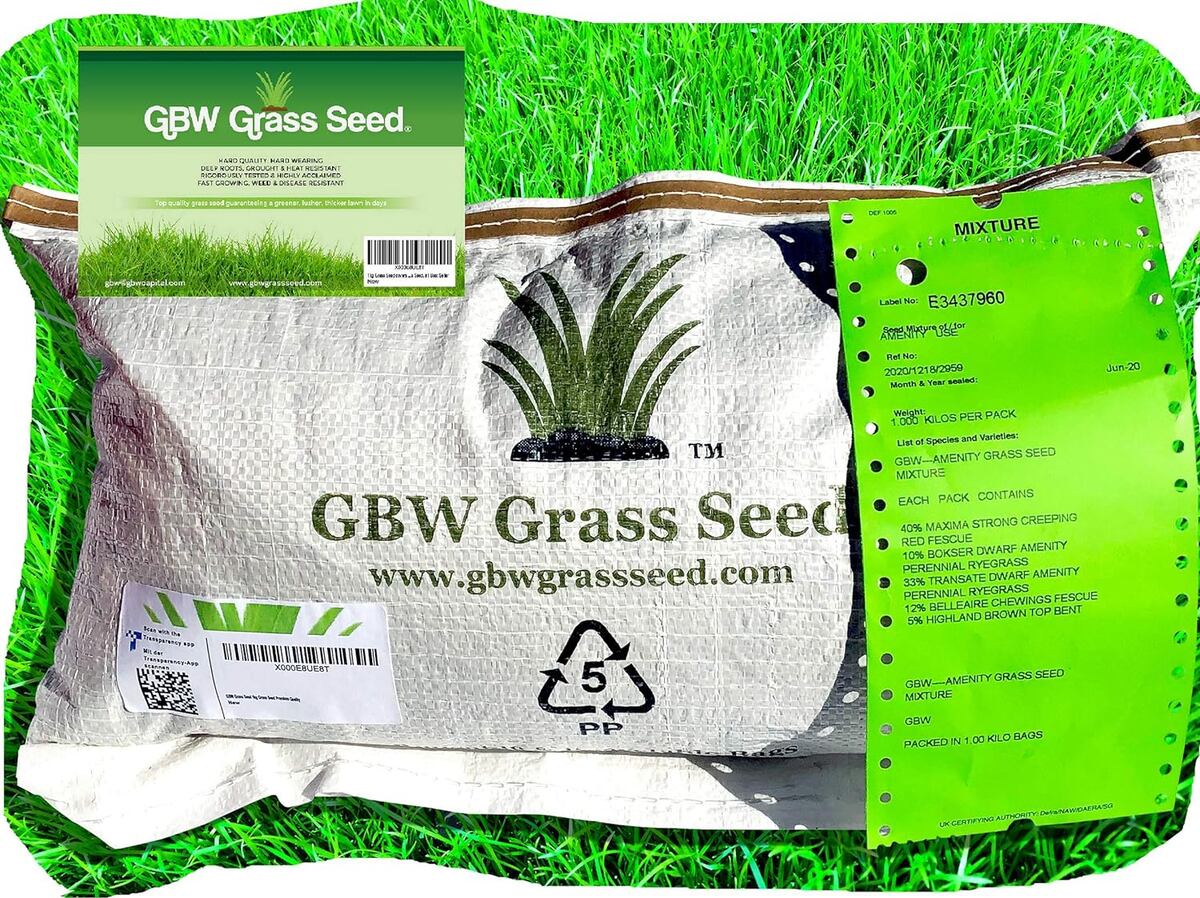

Landscaping Ideas
How Long Does Grass Seed Store
Modified: August 28, 2024
Learn how long grass seed can be stored and get helpful landscaping ideas to ensure successful growth. Discover the best practices for storing grass seed.
(Many of the links in this article redirect to a specific reviewed product. Your purchase of these products through affiliate links helps to generate commission for Storables.com, at no extra cost. Learn more)
Introduction
Grass seed is a valuable commodity for homeowners, landscapers, and gardening enthusiasts alike. Whether you're planning a new lawn or looking to revitalize an existing one, the quality of the grass seed you use can significantly impact the success of your landscaping endeavors. One common question that arises when it comes to grass seed is, "How long does grass seed store?" This query is crucial for those who want to ensure the viability of their grass seed over an extended period.
Understanding the factors that affect grass seed storage, the ideal conditions for preserving its viability, and the shelf life of grass seed is essential for anyone looking to maintain the quality of their grass seed supply. Additionally, being able to test the viability of stored grass seed is a valuable skill for ensuring successful germination in future planting seasons.
In this comprehensive guide, we will explore the various aspects of grass seed storage, including the factors that influence its longevity, the optimal storage conditions, and methods for testing its viability. By the end of this article, you will have a thorough understanding of how to store grass seed effectively and maximize its shelf life, ultimately leading to successful and vibrant lawns for years to come.
Key Takeaways:
- Grass seed can remain viable for 2 to 3 years when stored in optimal conditions, ensuring successful lawn establishment. Regular viability testing is essential to assess seed quality and make informed planting decisions.
- Factors like moisture, temperature, and light exposure influence grass seed storage. Creating ideal conditions, such as controlling moisture and using proper containers, can significantly prolong seed viability for lush and vibrant lawns.
Read more: How Long Does Corn Germinate
Factors Affecting Grass Seed Storage
Several key factors can influence the storage and longevity of grass seed. Understanding these variables is crucial for maintaining the viability and quality of the seed over time.
- Moisture Content: The moisture content of grass seed plays a pivotal role in its ability to remain viable during storage. Excessive moisture can lead to mold growth and seed deterioration, significantly reducing its shelf life. Conversely, overly dry conditions can cause the seeds to become brittle and lose viability. Therefore, maintaining an optimal moisture level is essential for preserving grass seed.
- Temperature: Temperature fluctuations can impact the storage of grass seed. Extreme heat can lead to seed damage, while prolonged exposure to freezing temperatures can cause the seeds to become less viable. Storing grass seed in a cool, dry environment is essential for prolonging its shelf life.
- Light Exposure: Exposure to light can also affect the viability of grass seed. Ultraviolet (UV) radiation can damage the seed coat and reduce germination rates. Therefore, storing grass seed in opaque or UV-resistant containers is recommended to minimize light exposure.
- Air Circulation: Proper air circulation is crucial for preventing the buildup of moisture and maintaining the overall quality of grass seed during storage. Adequate ventilation helps mitigate the risk of mold and mildew, preserving the viability of the seed.
- Seed Quality: The initial quality of the grass seed itself is a significant factor in its storage life. High-quality, fresh seed is more likely to maintain its viability over an extended period compared to lower-quality or aged seed.
- Container Selection: The type of container used for storing grass seed can impact its longevity. Airtight, moisture-resistant containers, such as resealable plastic bags or sealed metal containers, are ideal for preserving the seed’s quality.
By considering these factors and taking appropriate measures to address them, individuals can effectively prolong the storage life of grass seed and ensure successful germination when the time comes for planting.
Ideal Storage Conditions
Creating the ideal storage conditions for grass seed is essential for maintaining its viability and ensuring successful germination when the time comes to plant. By adhering to specific guidelines, individuals can maximize the shelf life of their grass seed, ultimately leading to lush and vibrant lawns. The following are crucial considerations for creating optimal storage conditions:
- Temperature: Storing grass seed at a consistent, cool temperature is paramount. Ideally, the storage environment should maintain a temperature between 40°F and 50°F (4°C to 10°C). Avoiding extreme temperature fluctuations is crucial for preserving the seed’s viability over time.
- Moisture Control: Controlling moisture levels is vital for preventing mold growth and maintaining the integrity of grass seed. The optimal moisture content for stored grass seed is approximately 8% to 10%. Using desiccants or silica gel packets in the storage containers can help absorb excess moisture and maintain the seed’s quality.
- Light Exposure: Protecting grass seed from light exposure is essential, as UV radiation can damage the seeds and reduce their germination rates. Storing the seed in opaque or UV-resistant containers, or in a dark storage area, helps mitigate the detrimental effects of light exposure.
- Air Circulation: Ensuring adequate air circulation within the storage area is crucial for preventing the buildup of excess moisture. Proper ventilation helps maintain the quality of the grass seed and reduces the risk of mold and mildew formation.
- Container Selection: Selecting the appropriate storage containers is integral to maintaining the viability of grass seed. Airtight, moisture-resistant containers, such as resealable plastic bags or sealed metal containers, are highly effective for preserving the seed’s quality and protecting it from external elements.
By adhering to these ideal storage conditions, individuals can significantly prolong the shelf life of grass seed and ensure that it remains viable for future planting endeavors. Implementing these measures demonstrates a commitment to preserving the quality of the seed and ultimately leads to successful lawn establishment and maintenance.
Store grass seed in a cool, dry place in an airtight container. Properly stored, grass seed can last up to 2-3 years. Check the expiration date on the packaging for best results.
Shelf Life of Grass Seed
The shelf life of grass seed can vary depending on several factors, including the seed variety, storage conditions, and initial quality. When stored under optimal conditions, high-quality grass seed can remain viable for an extended period, allowing for successful germination and healthy lawn establishment.
Generally, grass seed can maintain its viability for approximately 2 to 3 years when stored under ideal conditions. However, it’s important to note that certain grass species may have shorter or longer shelf lives. For example, some cool-season grasses, such as Kentucky bluegrass and fine fescue, may have a shorter shelf life compared to warm-season grasses like Bermuda grass or Zoysia grass.
Proper storage is key to maximizing the shelf life of grass seed. By maintaining a consistent temperature, controlling moisture levels, protecting the seed from light exposure, ensuring adequate air circulation, and using appropriate storage containers, individuals can significantly prolong the seed’s viability.
It’s important to regularly assess the quality of stored grass seed, especially if it has been in storage for an extended period. Performing a germination test, which involves planting a sample of the seed under controlled conditions to assess its germination rate, can provide valuable insights into the seed’s viability. If the germination rate falls below acceptable levels, it may be time to replenish the seed supply with fresh, high-quality grass seed.
Understanding the shelf life of grass seed empowers individuals to make informed decisions regarding their landscaping and lawn care projects. By prioritizing proper storage and periodic viability assessments, homeowners, landscapers, and gardening enthusiasts can ensure that their grass seed remains viable and ready for successful planting, ultimately contributing to the beauty and health of their outdoor spaces.
Testing Seed Viability
Testing the viability of stored grass seed is a critical step in ensuring successful germination and healthy lawn establishment. Over time, the viability of grass seed can diminish due to various factors, making it essential to assess its germination potential before planting. The following methods can be employed to test the viability of grass seed:
- Germination Test: Performing a germination test is a reliable way to assess the viability of grass seed. To conduct this test, a sample of the seed is planted in a controlled environment with optimal moisture and temperature conditions. The number of seeds that successfully germinate within a specified timeframe provides insight into the seed’s viability. This test helps determine the germination rate, allowing individuals to gauge the seed’s potential for successful establishment.
- Seedling Vigor Test: In addition to germination, evaluating the vigor of seedlings can provide valuable information about the overall health and strength of the grass seed. Vigorous seedlings are more likely to establish robust root systems and thrive after planting, contributing to the development of a healthy lawn.
- Professional Testing Services: For individuals seeking comprehensive viability assessments, professional seed testing services are available. These services utilize specialized equipment and methodologies to provide detailed reports on seed viability, germination rates, and overall quality. Engaging professional testing services can offer a deeper understanding of the seed’s potential for successful establishment.
Regularly testing the viability of stored grass seed, especially as it approaches the end of its typical shelf life, allows individuals to make informed decisions about its use. If the germination rate or seedling vigor falls below acceptable levels, it may be time to consider replenishing the seed supply with fresh, high-quality grass seed to ensure successful lawn establishment.
By incorporating viability testing into their lawn care practices, homeowners, landscapers, and gardening enthusiasts can maintain a proactive approach to seed quality management, ultimately leading to vibrant and resilient lawns that enhance outdoor spaces and contribute to the overall beauty of the landscape.
Read more: How Long Does A Seed Last
Conclusion
Understanding the intricacies of grass seed storage, including the factors that influence its longevity, the ideal storage conditions, and methods for testing its viability, is crucial for anyone invested in maintaining the quality and viability of their seed supply. By adhering to best practices and implementing proactive measures, individuals can significantly prolong the shelf life of grass seed and ensure successful germination when the time comes to establish or revitalize their lawns.
Factors such as moisture content, temperature, light exposure, air circulation, and seed quality all play pivotal roles in determining the longevity of grass seed. By addressing these factors and storing the seed in a cool, dry environment with proper ventilation and moisture control, individuals can create optimal storage conditions that preserve the seed’s viability over time.
Assessing the shelf life of grass seed, which typically ranges from 2 to 3 years under ideal storage conditions, empowers individuals to make informed decisions about their landscaping and lawn care projects. Regular viability testing, such as germination tests and seedling vigor assessments, provides valuable insights into the seed’s potential for successful establishment and guides the decision-making process when it comes to utilizing stored seed.
Ultimately, a proactive approach to grass seed storage and viability testing contributes to the successful establishment of vibrant, resilient lawns that enhance outdoor spaces and enrich the overall landscape. By prioritizing the preservation of seed quality, individuals can enjoy the beauty and benefits of healthy, lush lawns for years to come, creating inviting and picturesque outdoor environments for relaxation, recreation, and enjoyment.
Frequently Asked Questions about How Long Does Grass Seed Store
Was this page helpful?
At Storables.com, we guarantee accurate and reliable information. Our content, validated by Expert Board Contributors, is crafted following stringent Editorial Policies. We're committed to providing you with well-researched, expert-backed insights for all your informational needs.
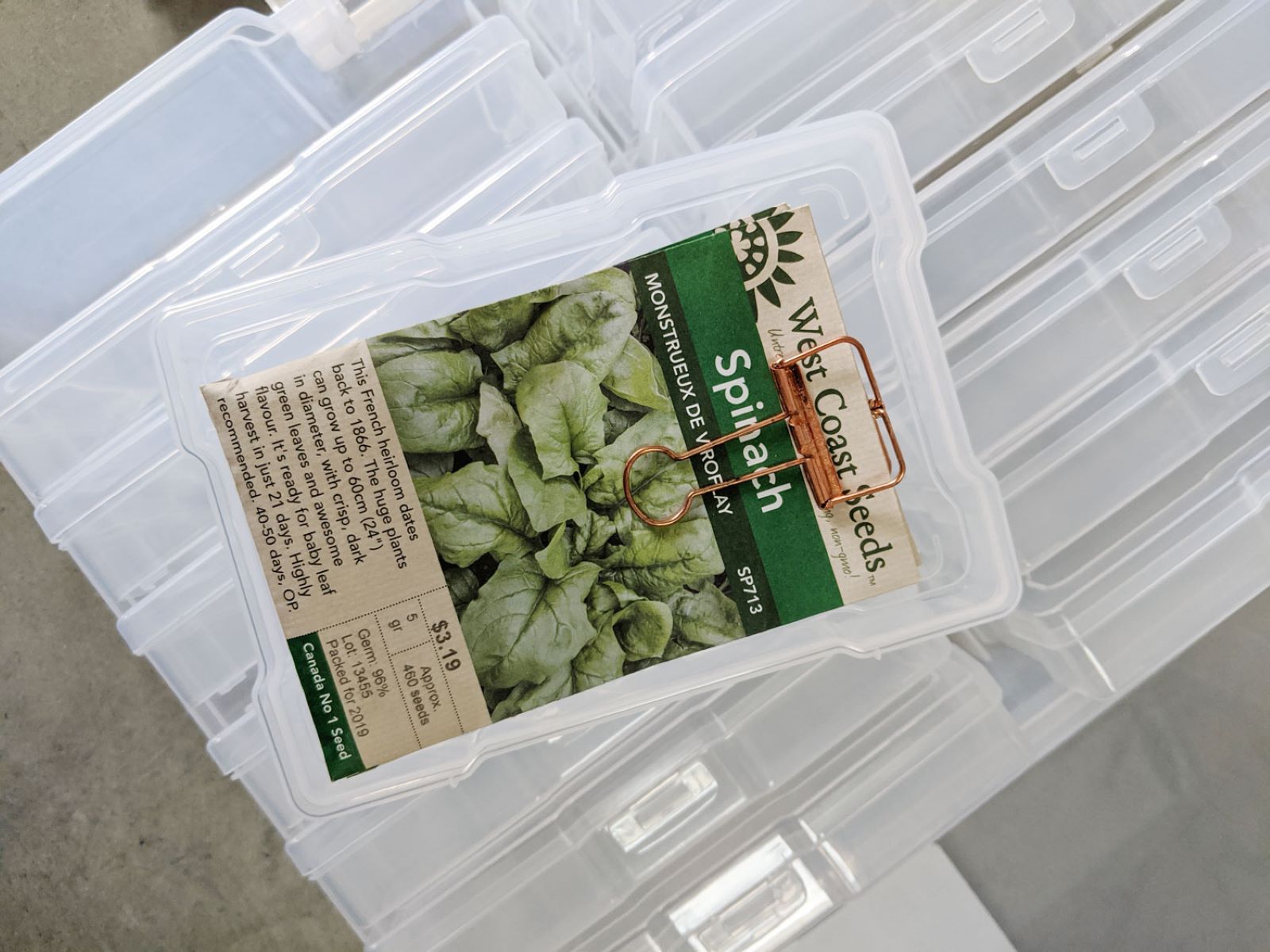

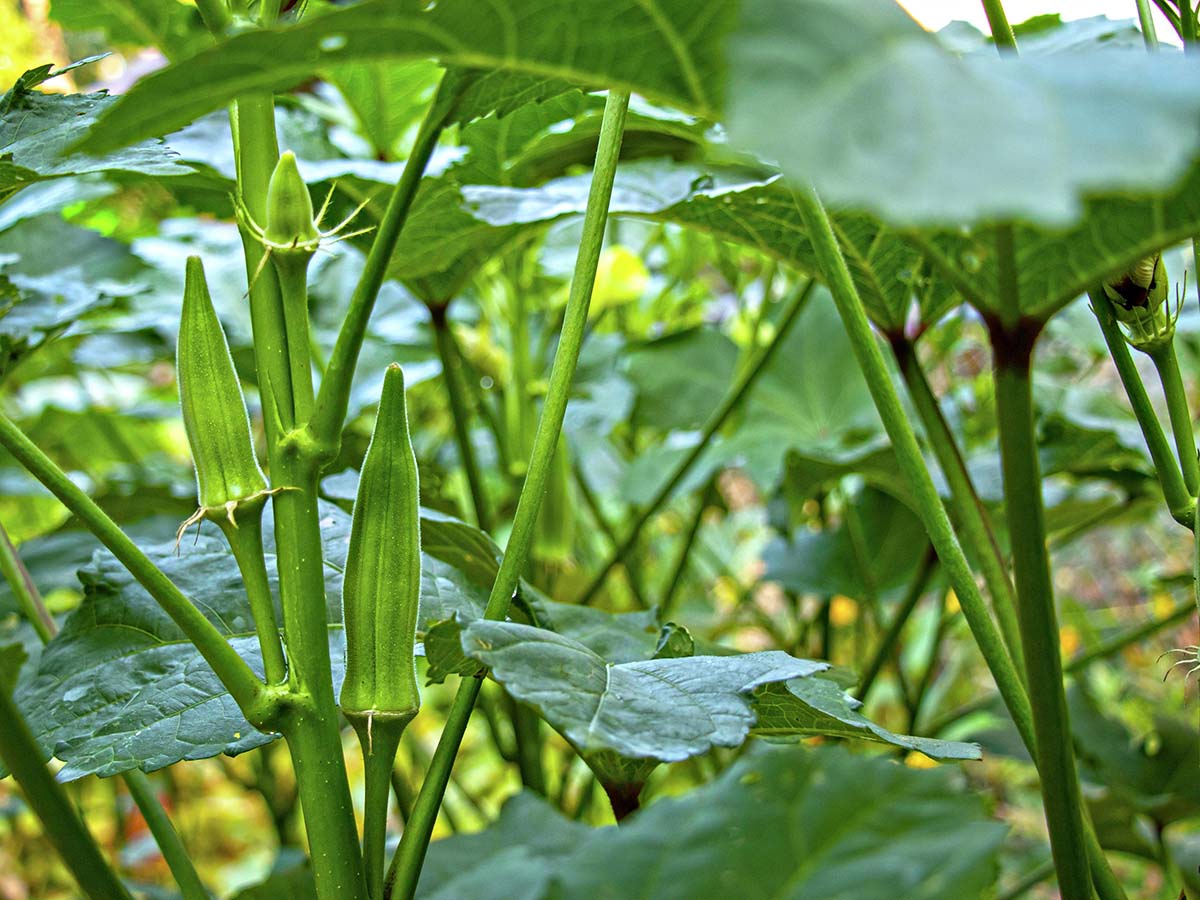
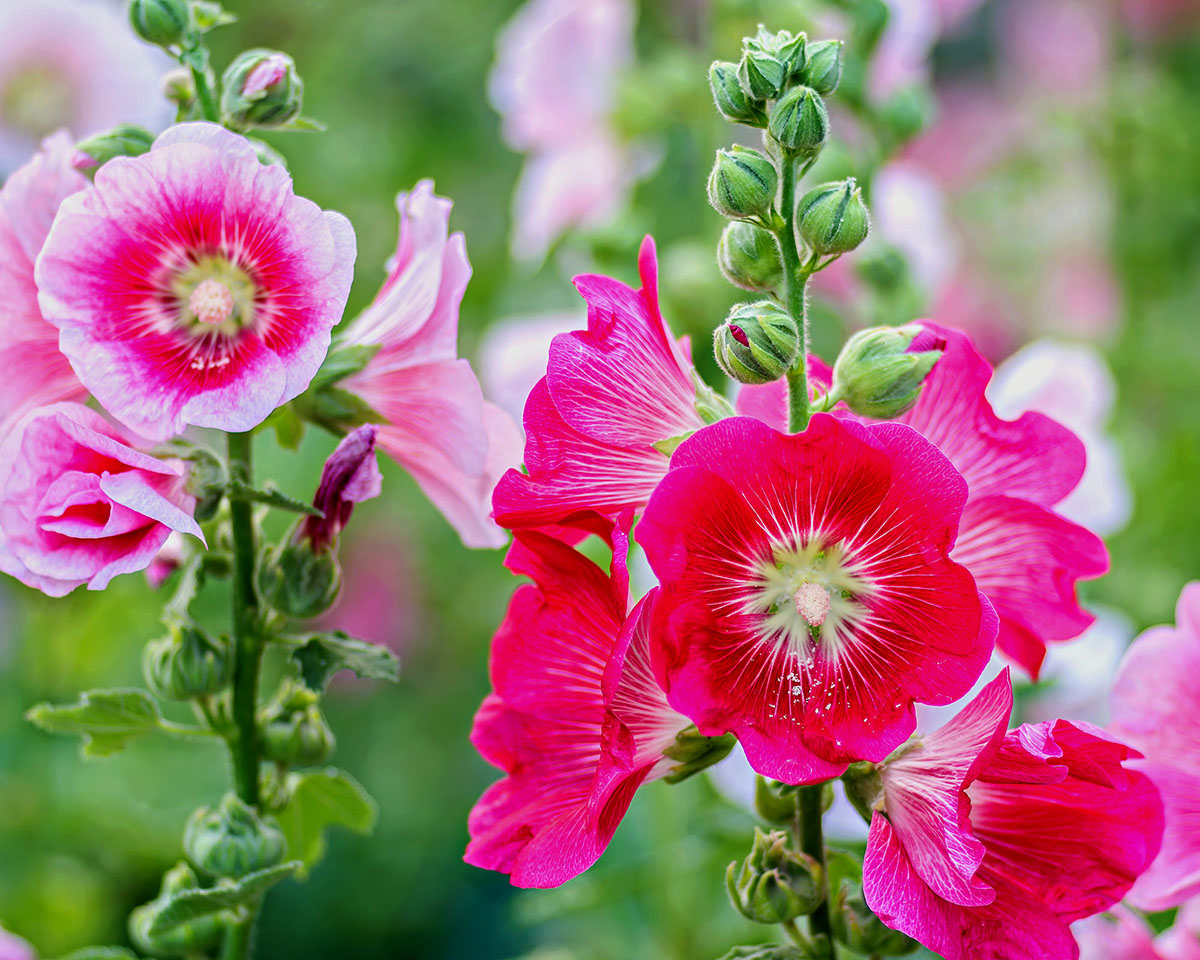
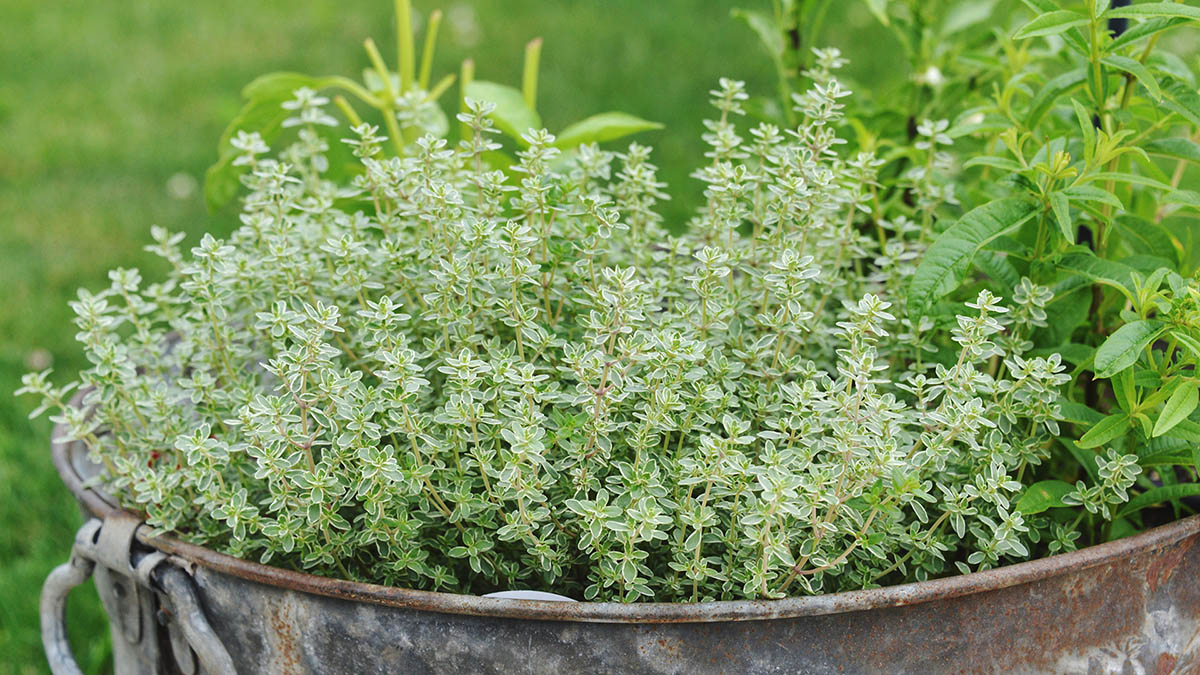
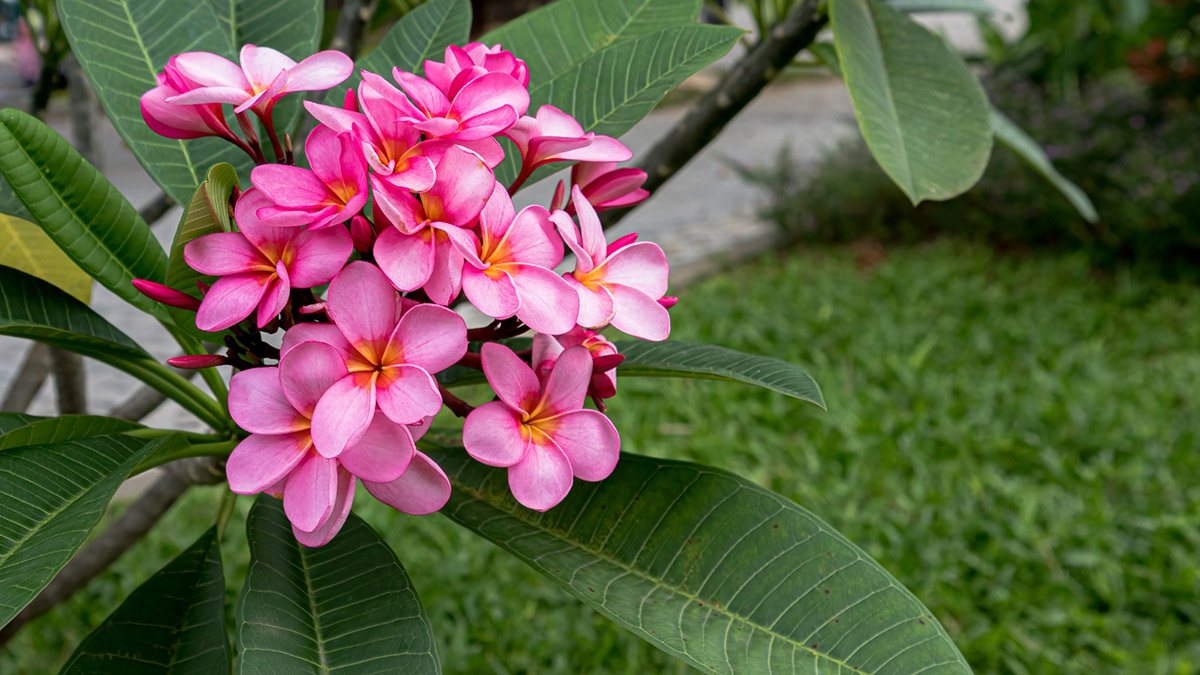
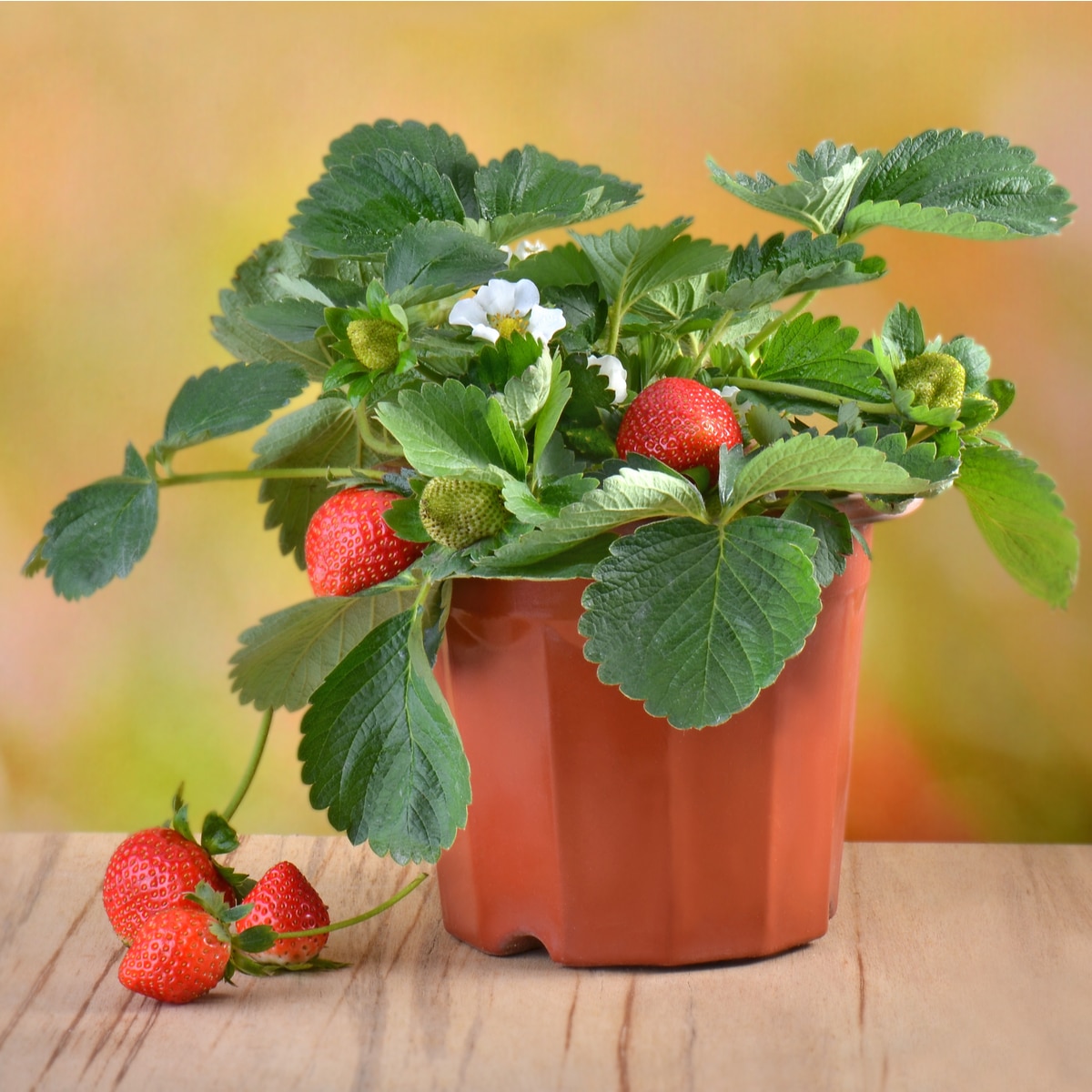
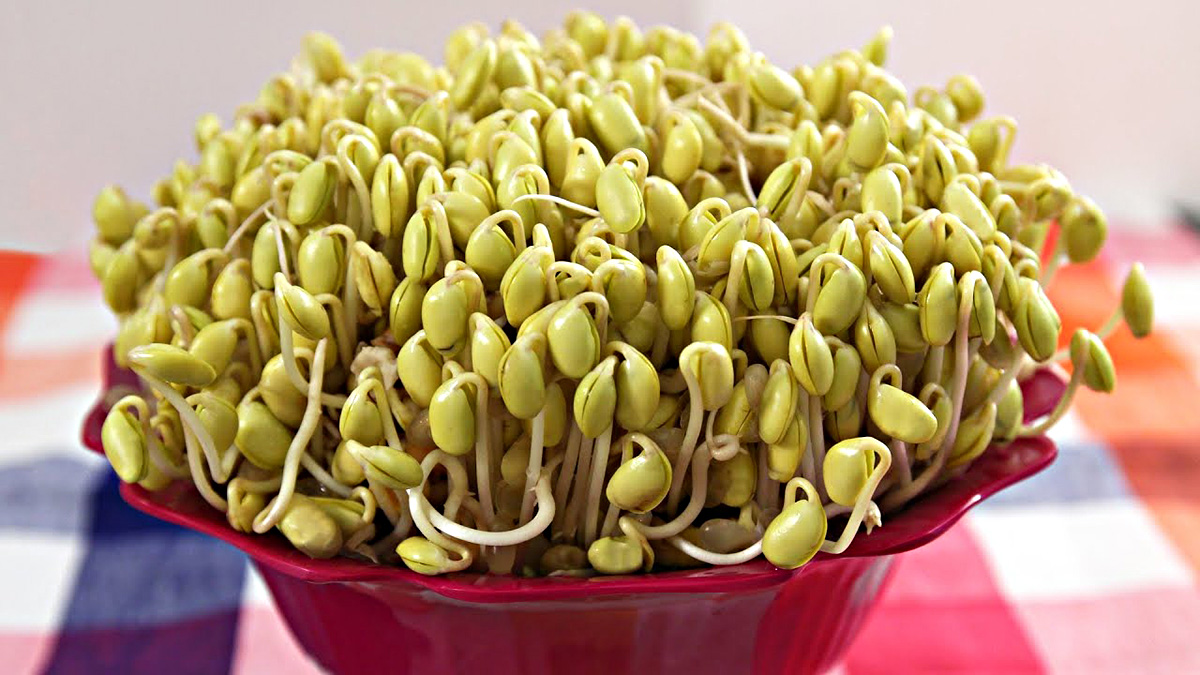
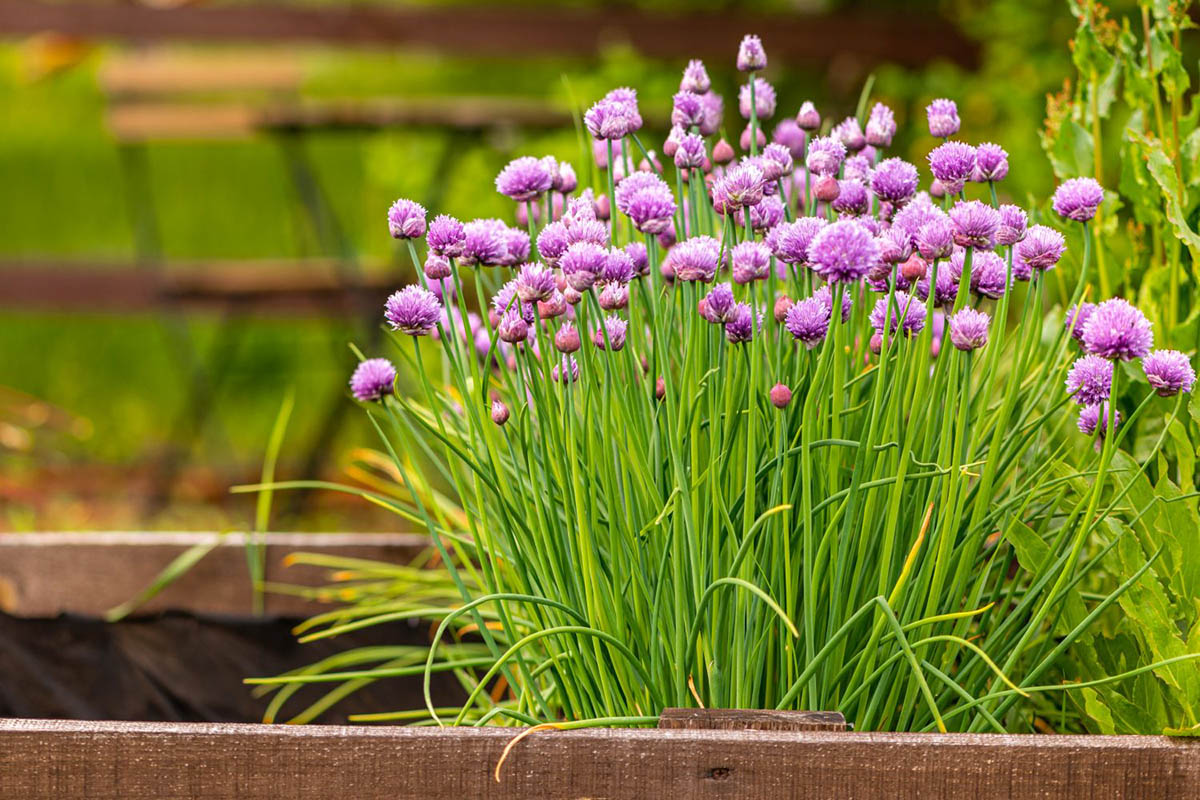
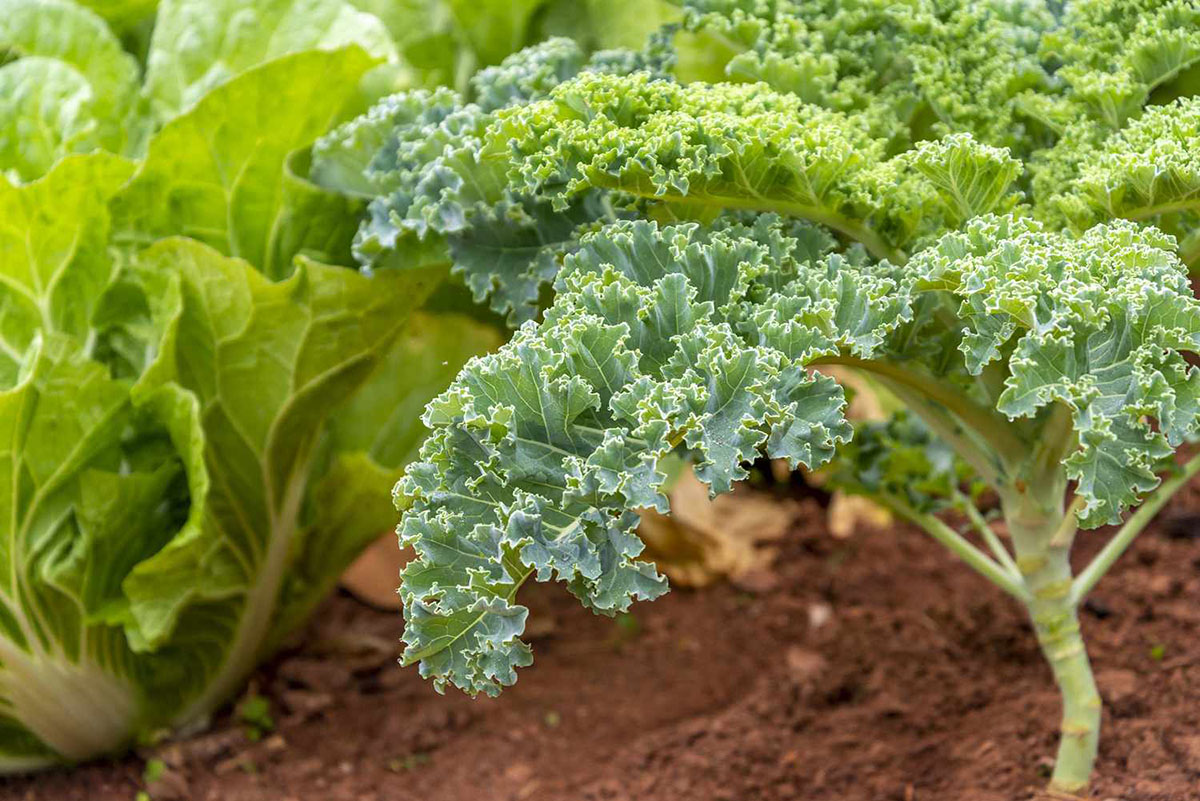
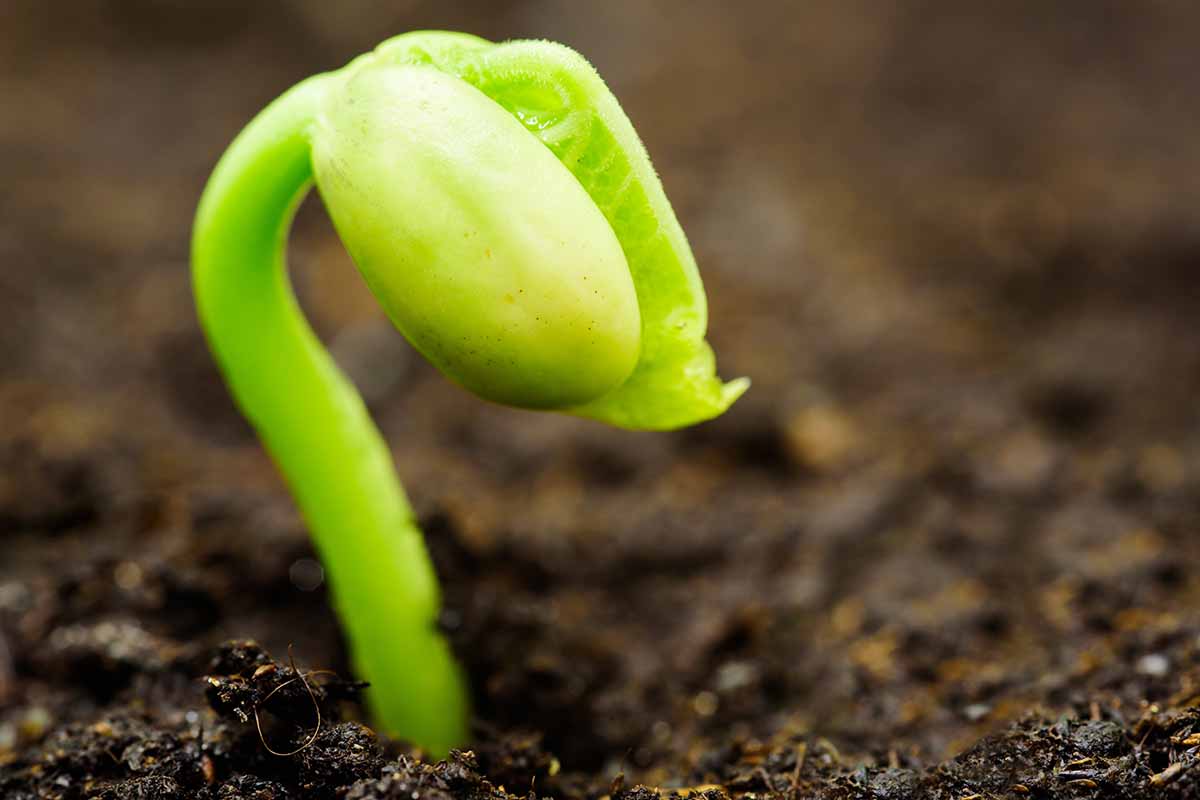

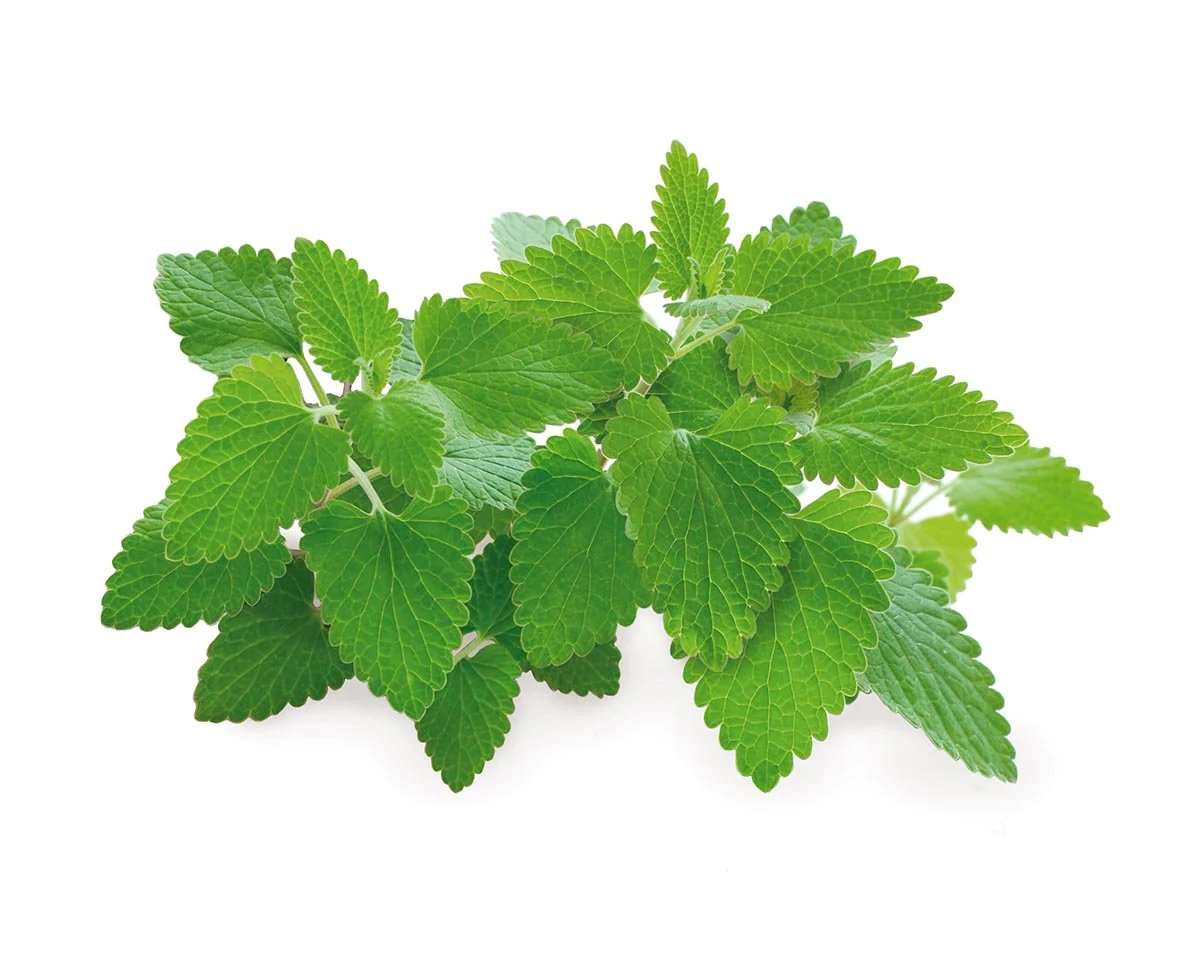


0 thoughts on “How Long Does Grass Seed Store”